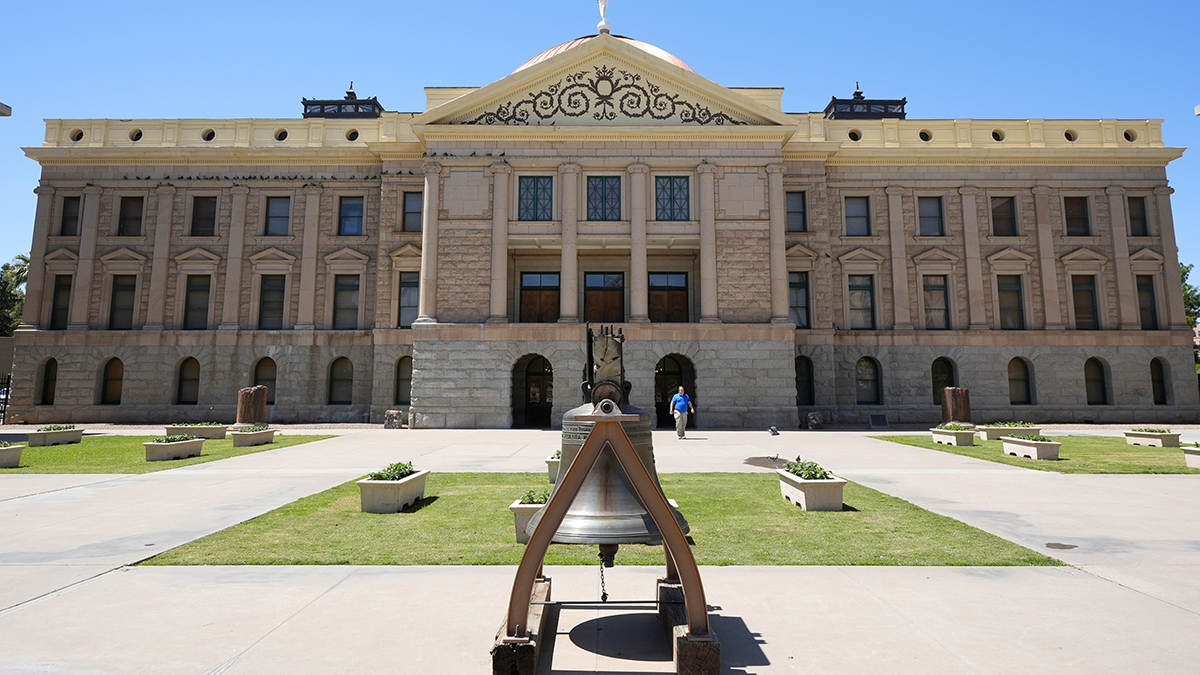WASHINGTON, DC, October 29, 2008 (ENS) - In the waning days of the Bush administration, Secretary of the Interior Dirk Kempthorne Tuesday announced a plan to conserve bison, also called buffalo, with a second interagency group.
He said the department will work with state, tribal and agricultural interests to promote cooperative conservation in bison management.
One federal-state interagency group already implements the Interagency Bison Management Plan that keeps the Yellowstone herd within the park and within a pre-set population number through hazing and culling.
Once American bison were the most numerous single species of large wild mammal on Earth. But they were hunted almost to extinction for their skins and were reduced to a few hundred by the mid-1880s.
There are now more than 500,000 plains bison in North America, most privately owned, in herds of less than 1,000 that are fenced within relatively small areas.
"While the days of millions of free-roaming bison are gone," Kempthorne said, "our initiative acknowledges the important role of bison on the landscape, in tribal culture and in our national heritage. We willl work in partnerships to sustain a strong and well-coordinated conservation effort throughout this country, throughout this century."
The Department of the Interior now manages almost 7,000 bison in seven national wildlife refuges and five national parks.
U.S. & World
Kempthorne says he will establish a federal-state interagency working group to coordinate management and science activities related to Interior's bison herds and to carry out cooperative efforts with other parties. The group will include the National Park Service, U.S. Fish and Wildlife Service, U.S. Department of Agriculture, the U.S. Forest Service and the Department of Defense, the secretary said.
The working group is expected to retain and maximize the genetic integrity of Interior's bison herds. The group will convene a bison disease workshop in fiscal year 2009 to develop guidelines and protocols for addressing diseases affecting bison and bison conservation efforts.
Kempthorne says the working group will be "involving tribal bison experts in the department's activities, and assisting with tribal bison initiatives."
The group is expected to increase environmental education efforts on bison by seeking partners to showcase Interior lands with small bison herds, and seek to work with zoos to accomplish these objectives in areas where there are no Interior bison herds.
"One of the classic symbols of the American frontier is the image of vast herds of bison grazing on the western plains," Kempthorne said. "Americans today still find inspiration in bison ranging freely on the landscape, as Yellowstone National Park demonstrates."
Bison conservationists who have fought a long-standing battle with state and federal agencies to protect Yellowstone's herd are not impressed with Kempthorne's new plan.
Darrell Geist, habitat coordinator with the advocacy group Buffalo Field Campaign told ENS, "While Secretary Kempthorne's announcement recognizing conservation threats to America's wild bison is welcome news, it glosses over Department of Interior's role in threatening the last wild herd of bison in America."
"Last winter Yellowstone National Park participated in a record removal of over 1,700 wild bison to slaughter or quarantine," he said.
Geist said Yellowstone National Park operates a trap inside the park interior to capture wild bison as they migrate to winter range on Gallatin National Forest lands and private lands adjacent to the park's boundaries. Wild bison are forcibly rounded up for capture, slaughter and quarantine, or tested for antibodies to the abortive disease brucellosis, tagged and released back into the park, as over 300 bison were last winter.
The bison slaughter is conducted under the Interagency Bison Management Plan initiated in 2000. It is funded at over $3 million dollars annually by the U.S. Congress to prevent bison migration beyond Yellowstone National Park boundaries where some domestic cattle graze on private and public lands adjacent to the park.
Fear that brucellosis might spread from bison to domestic cattle and threaten the Montana cattle industry's brucellosis-free status has been the driving factor behind the Interagency Bison Management Plan, although no such spread has ever been documented.
In the past two decades, about 3,700 wild Yellowstone buffalo have been killed by state and federal agencies to keep them from accessing public land in Montana adjacent to the Park.
"If Kempthorne is serious about conserving America's legacy of wild bison on the landscape, the Department of the Interior needs to first take care of wild bison in Yellowstone," said Geist. "Protecting migration corridors to bison winter range and spring calving grounds on public and private lands would be a good first step in protecting the integrity of America's last wild bison herd."
{Photo: National Park Service employees march Yellowstone bison to their deaths in the Stephens Creek Capture Facility. (Photo courtesy National Park Service)}
Copyright Environment News Service (ENS) 2008. All rights reserved.




